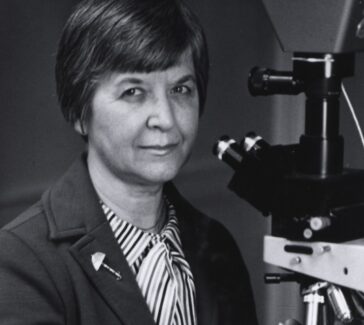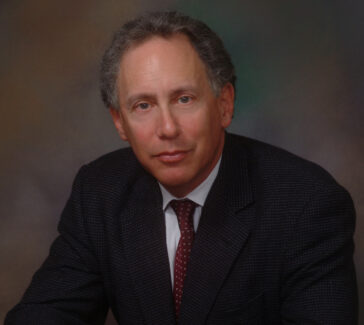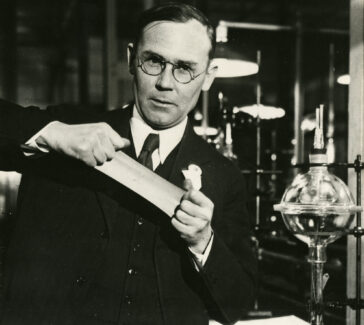Robert Bunsen and Gustav Kirchhoff
The spectroscope, invented by Bunsen and Kirchhoff, inaugurated a new era in the search for undiscovered elements.
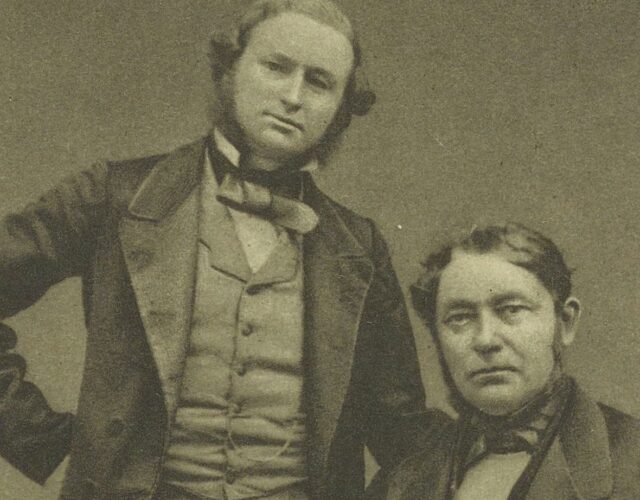
In 1860 Robert Bunsen and Gustav Kirchhoff discovered two alkali metals, cesium and rubidium, with the aid of the spectroscope they had invented the year before. These discoveries inaugurated a new era in the means used to find new elements.
The first 50 elements discovered—beyond those known since ancient times—were either the products of chemical reactions or were released by electrolysis. From 1860 the search was on for trace elements detectable only with the help of specialized instruments like the spectroscope.
Bunsen’s Early Career
Bunsen (1811–1899) , the son of a professor of modern languages at Göttingen University in Germany, earned his doctorate from Göttingen in 1830. He was then given a three-year travel grant that took him to factories, places of geological interest, and famous laboratories, including Joseph Louis Gay-Lussac’s in Paris. Early in his career he did research in organic chemistry, which cost him the use of his right eye when an arsenic compound, cacodyl cyanide, exploded. Throughout his career he remained deeply interested in geological topics and once made daring temperature measurements of the water in the geyser tube of Iceland’s Great Geyser just before it erupted.
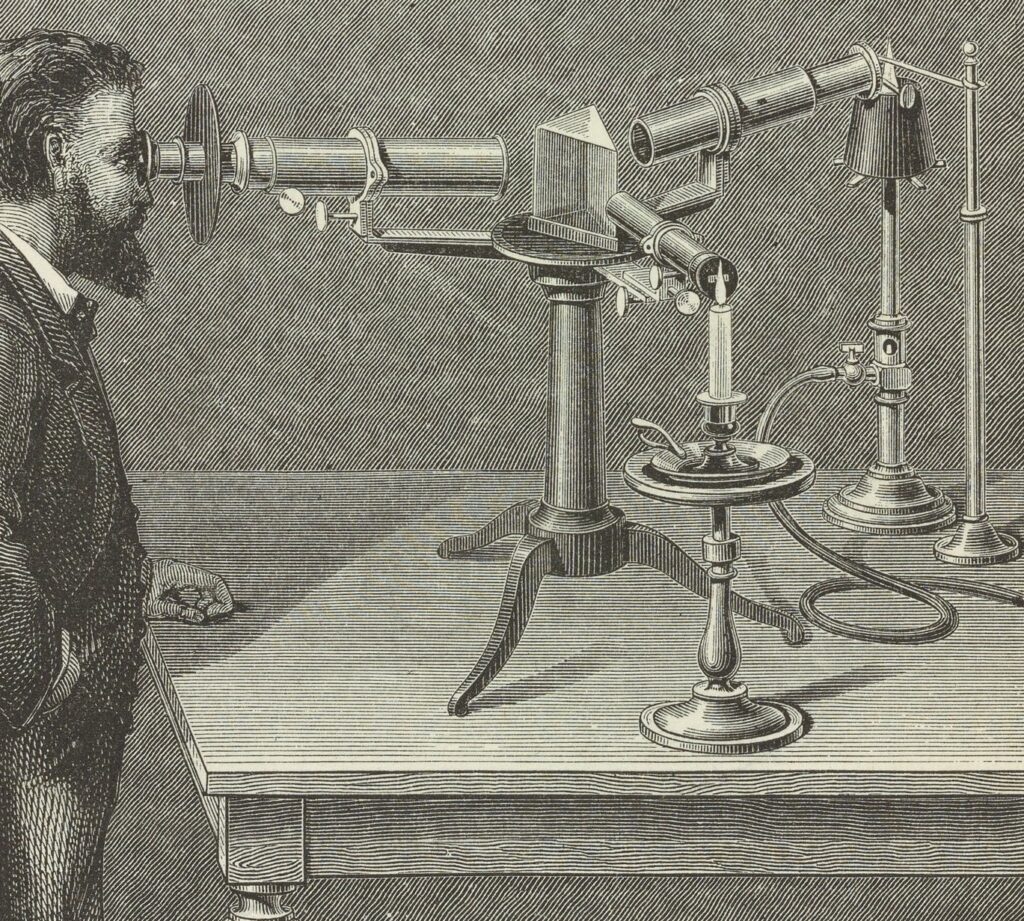
Teamwork
Bunsen and Kirchhoff (1824–1887), a Prussian physicist trained at Königsberg, met and became friends in 1851, when Bunsen spent a year at the University of Breslau, where Kirchhoff was also teaching. Bunsen was called to the University of Heidelberg in 1852, and he soon arranged for Kirchhoff to teach at Heidelberg as well.
Kirchhoff, whose own research contributed to the fundamental understanding of electrical circuits, had an unknown disability that restricted his movement to a wheelchair or crutches for most of his life.
The Spectroscope and Other Inventions
Bunsen’s most important work was in developing several techniques used in separating, identifying, and measuring various chemical substances. He also made a number of improvements in chemical batteries for use in isolating quantities of pure metals—including one known as the Bunsen battery. He created the Bunsen burner for use in flame tests of various metals and salts: its nonluminous flame did not interfere with the colored flame given off by the test material.
This line of work led to the spectroscope. It was Kirchhoff who suggested that similarly colored flames could possibly be differentiated by looking at their emission spectra through a prism. When he shone bright light through such flames, the dark lines in the absorption spectrum of the light corresponded in wavelengths, with the wavelengths of the bright, sharp lines characteristic of the emission spectra of the same test materials.
Bunsen spent the last 40 years of his career at Heidelberg. Young chemists flocked to study and work with him, including Julius Lothar Meyer and Dmitri Mendeleev.
Featured image: Crop of a portrait of Robert Bunsen and Gustav Kirchhoff from The Life & Experiences of Sir Henry Enfield Roscoe… Written by Himself, created 1862; published 1906.
Science History Institute

